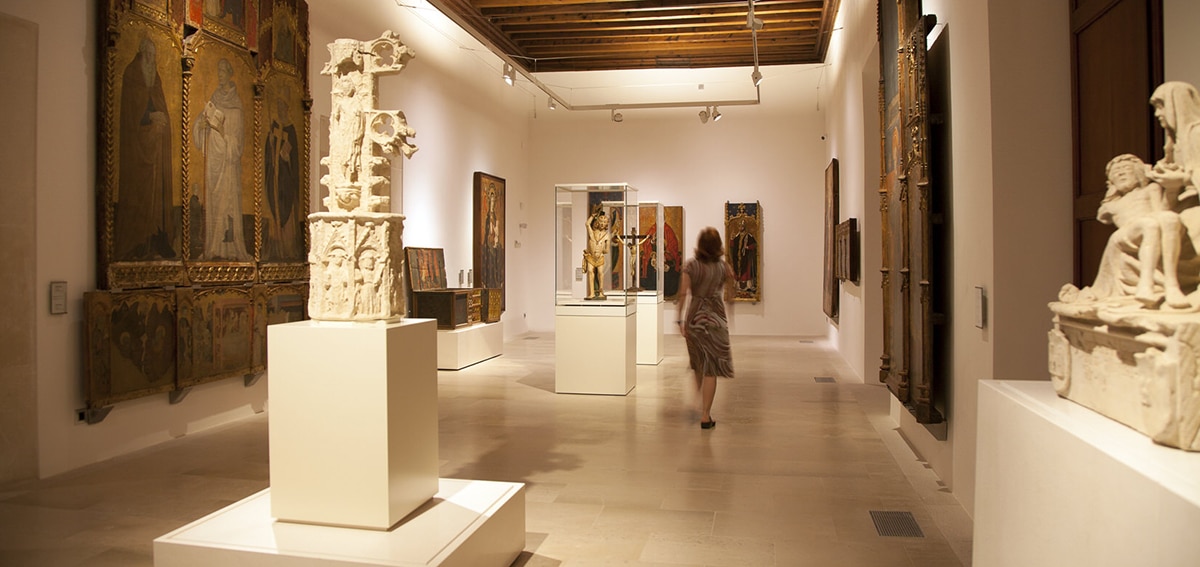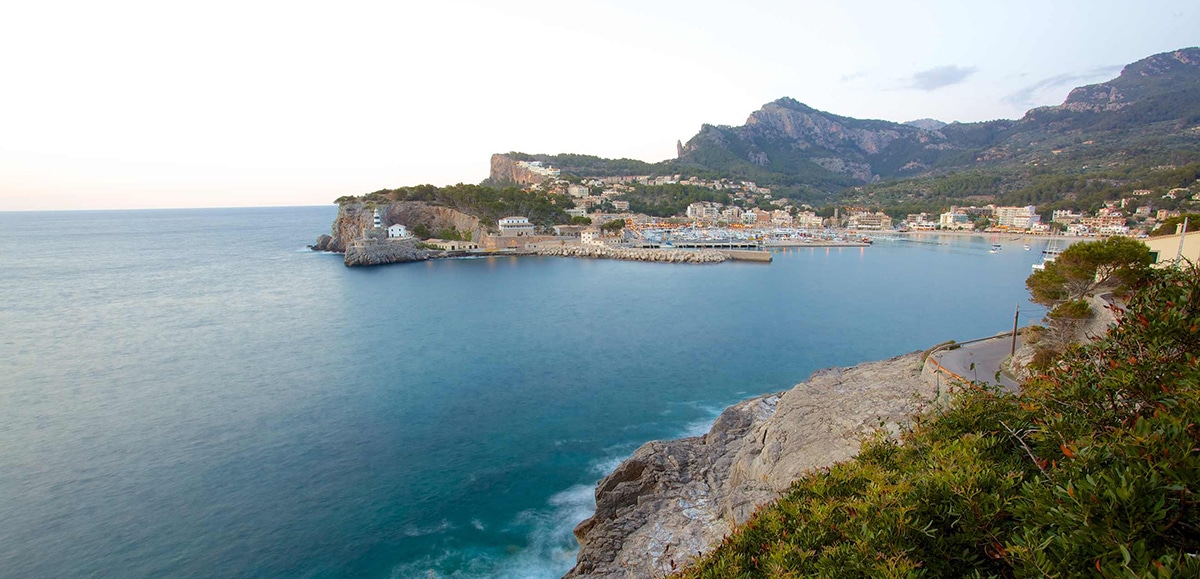
We are already in November and the cold is seriously coming. If you don't like it and you are one of those who prefer the heat, how about a little getaway to Mallorca, a land where the sun usually shines and winter is not so intense?
Mallorca is a great mediterranean island, with beaches, mountains, mountains, cliffs, rocky coves, mysterious caves, underground lakes and much more. Here we leave you the best to see in Mallorca.
What to see in Majorca
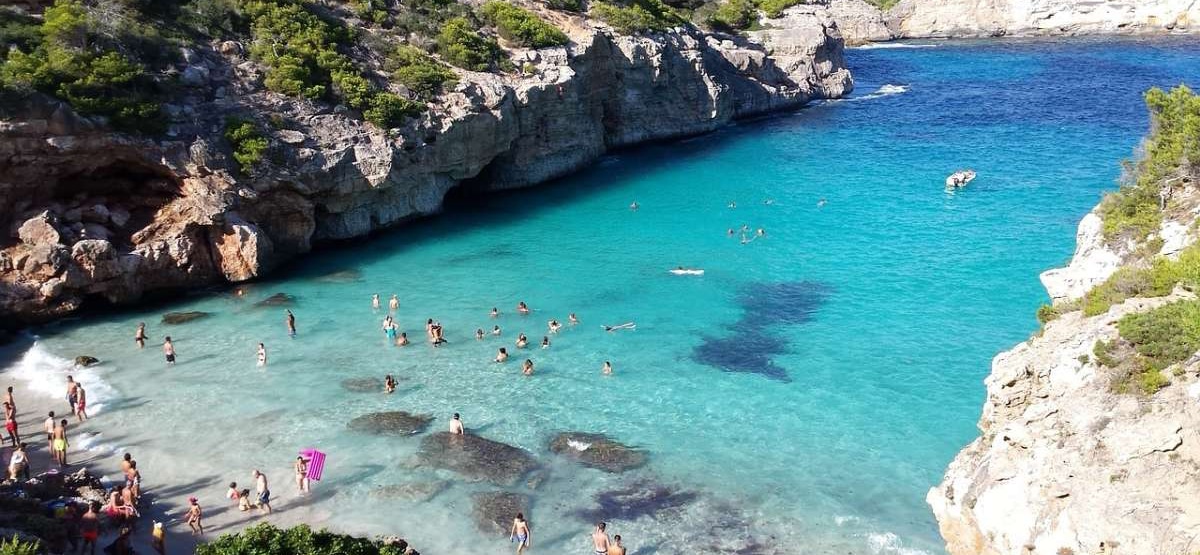
In summer it is a paradisiacal destination with a hot climate and great beaches. There are 300 beaches, between sandy beaches, stone and pebble beaches or coves, so imagine these beauties. But that the beaches are the favorite summer destination does not mean that you cannot visit them in winter.
La Platja de L'Oratori It is only 11 kilometers from Palma, the capital, for example. If you move a little more you can visit, in the surroundings of Colony of Sant Jordi, Estanyes beaches, Platja des Port or Platja d'es Carbó.
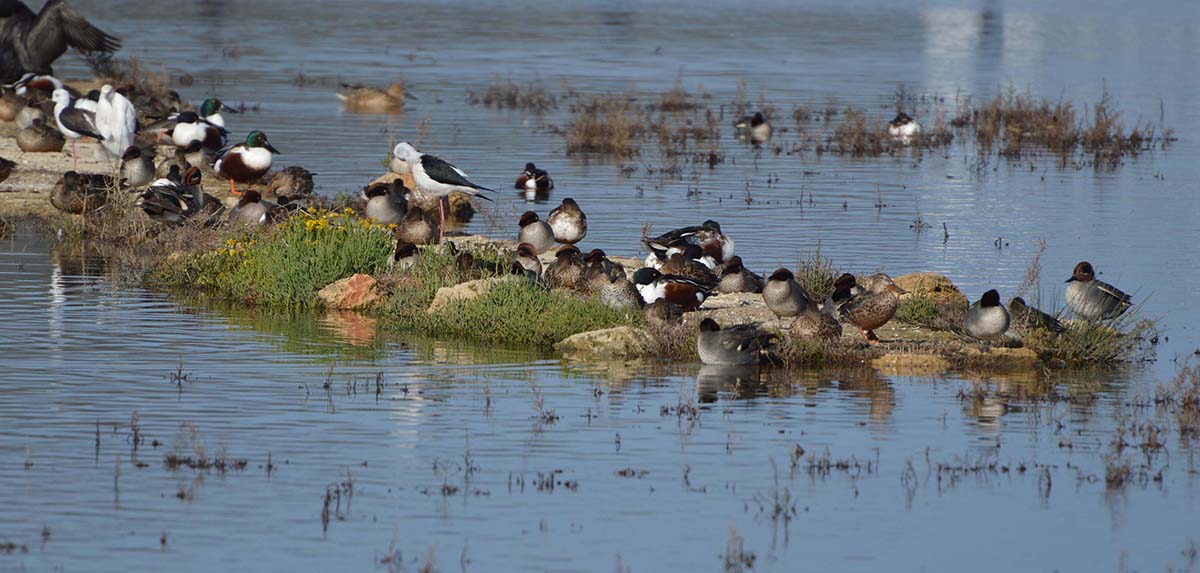
Following the frequency of natural sites, the truth is that Mallorca has a plethora of landscapes due to its great biodiversity. 20% of the island's surface is part of the Natura 2000 Network of the European Union, for example, and you find wetlands, dune systems, oak and pine forests, marine reserves or islets. And of course, caves.
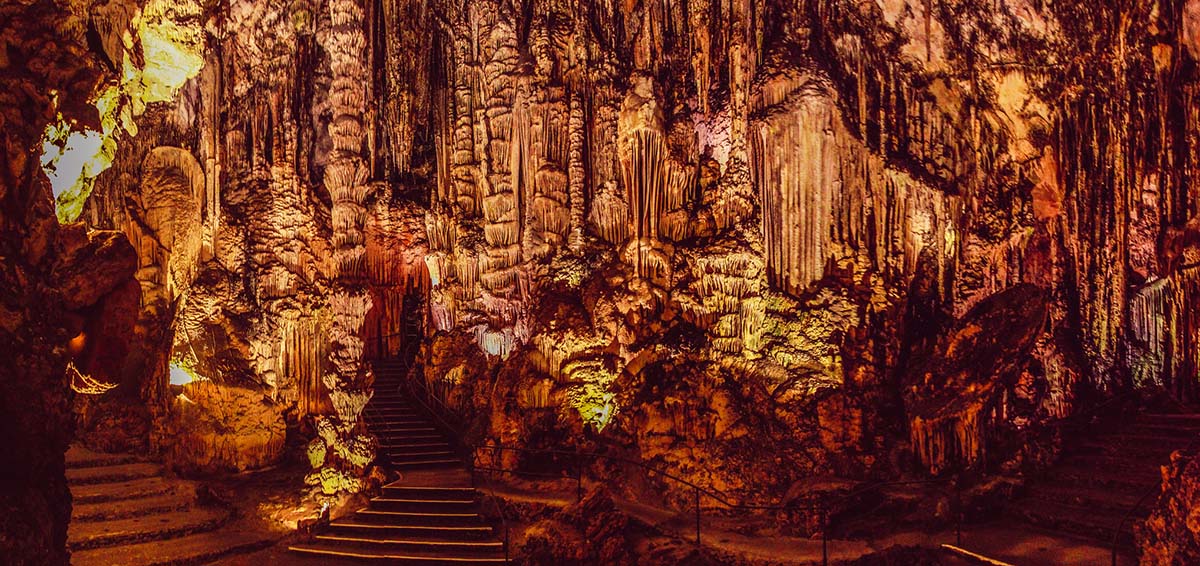
The subsoil of Mallorca could not be more beautiful with its great geological treasure: caves with stalactites and stalagmites that have been formed over the centuries. There are more than 200 natural caves but only five are open to the public: Artà, with a 22 meter high stalactite and stones that look like diamonds, Campanet, Drach, with one of the largest underground lakes in the world and very illuminated, with a 1200 meter path.
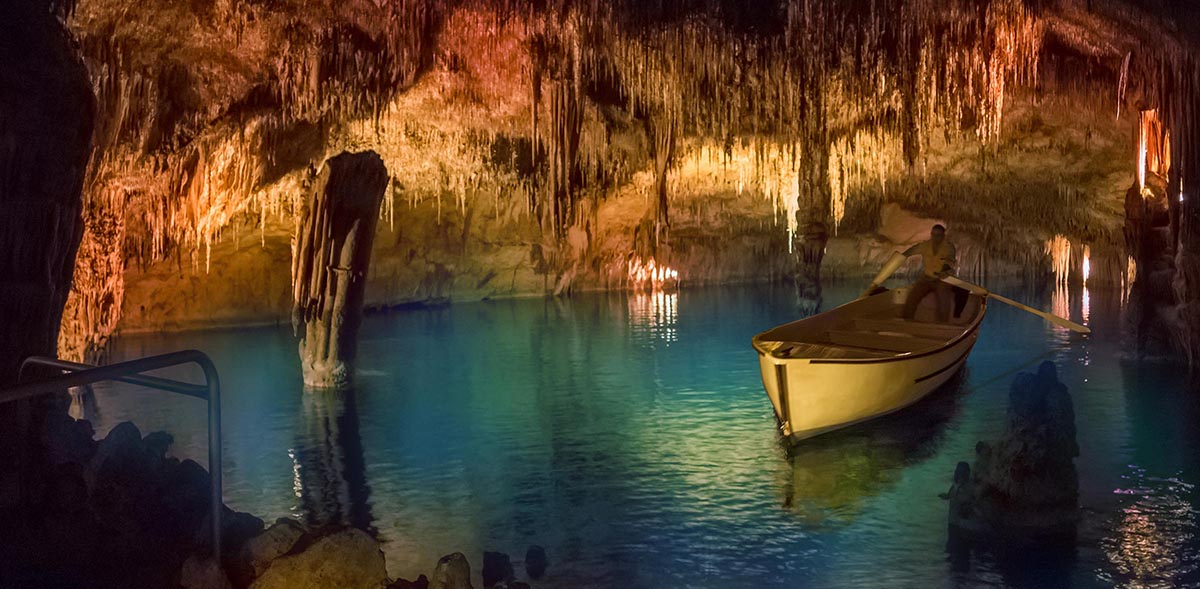
Actually there is not a single lake but several, among them the so-called Bath of Diana Diana and the Martel Lake with 117 meters long, 30 wide and 14 deep. There is also the Genoa Cave and Hams Cave, discovered in 1095, with many chambers and a huge lake that at its deepest point measures 30 meters.
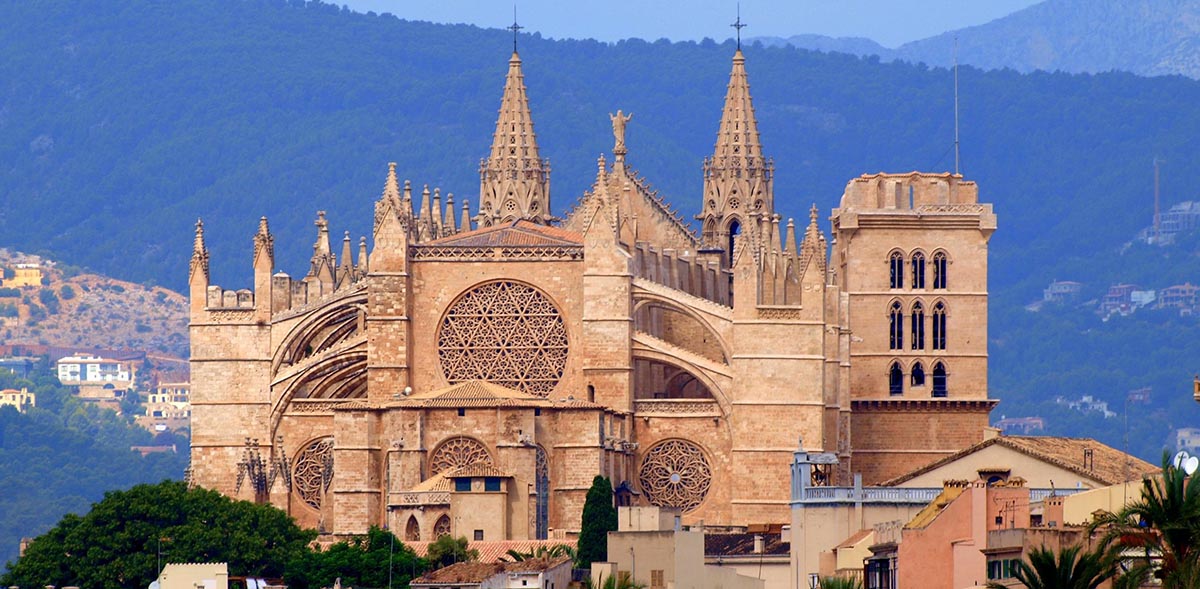
Leaving the natural treasures that Mallorca offers us we can also know museums and monuments. We start with the Catedral de MallorcaKnown as La Seu, Gothic in style and built between the fourteenth and sixteenth centuries. It has a beautiful rose window and a canopy made by Gaudí and inside, an interesting museum.
El Castell de Bellver Today it houses the rooms of the Municipal Museum of History, but it is a Gothic castle with a circular plan that was built under the reign of Jaime II. From October to March this site is open from Tuesday to Saturday from 10 am to 6 pm and on Sundays and holidays from 10 am to 3 pm. Mondays it is closed. General admission costs only 4 euros.
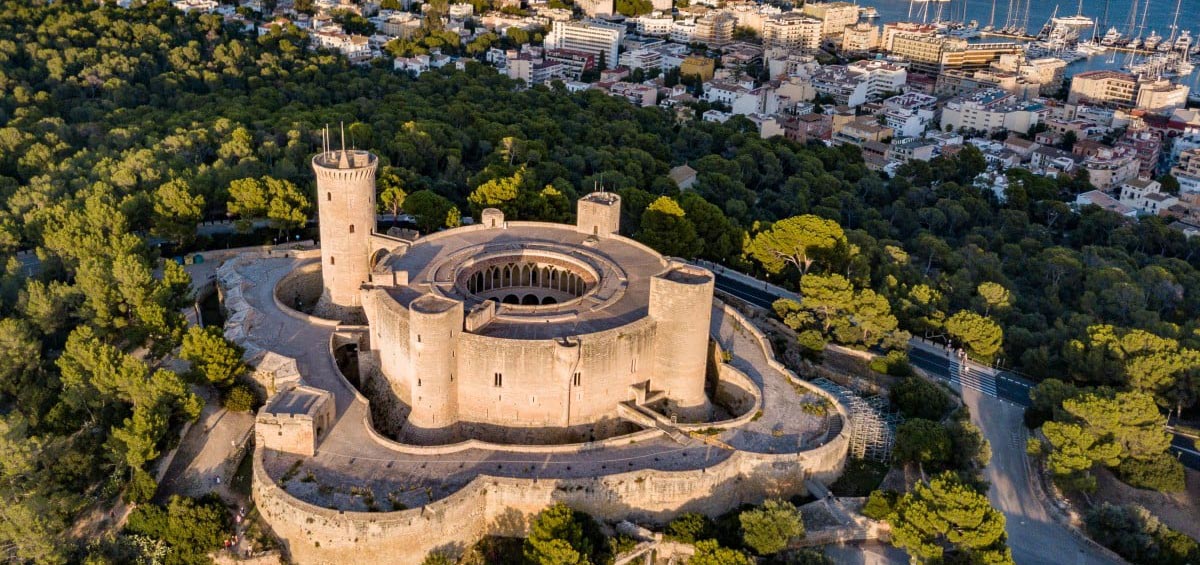
El Royal Palace of Almudaina It is a Muslim fortress from the XNUMXth century that today functions as the official residence of the king and serves for ceremonies and receptions. It is worth stopping to admire the Chapel of Santa Ana. Sa Llotja It is another great example of Gothic. Inside are many exhibits and the building is a XNUMXth century construction. The Arab baths they are another trace of the Muslim presence. It was once a medina and is believed to date back to the XNUMXth century.
What museums can we visit in Mallorca? Well, many: there is the Glass Museum, in an XNUMXth century factory; He too Modernist Museum Casa Prunera; the Windmills Museum, Mallorca Museum with its collection of paintings and archeology, the Krekovic Museum, Inca Footwear Museum and some museum houses of great artistss that Mallorca has given or great visitors, such as the House of Robert Graves, the author of Me, Claudio.
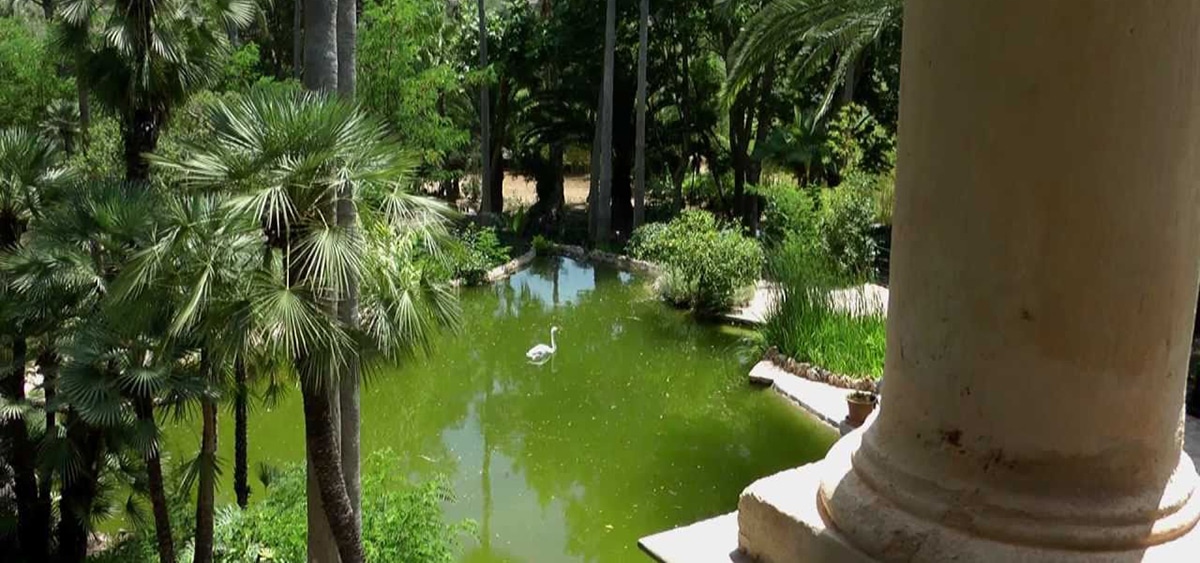
On the other hand, you can also visit the Gardens of Alfabia, the Royal Charterhouse of Valldemossa, a charming monastery where Chopin and George Sand were, the old building of the Grand Hotel, Can Balaguer, the home of the Marqués del Reguer, the prehistoric settlement of Capocorb Vell, Casal Soleric, a residence from the second half of the XNUMXth century and some beautiful castles.
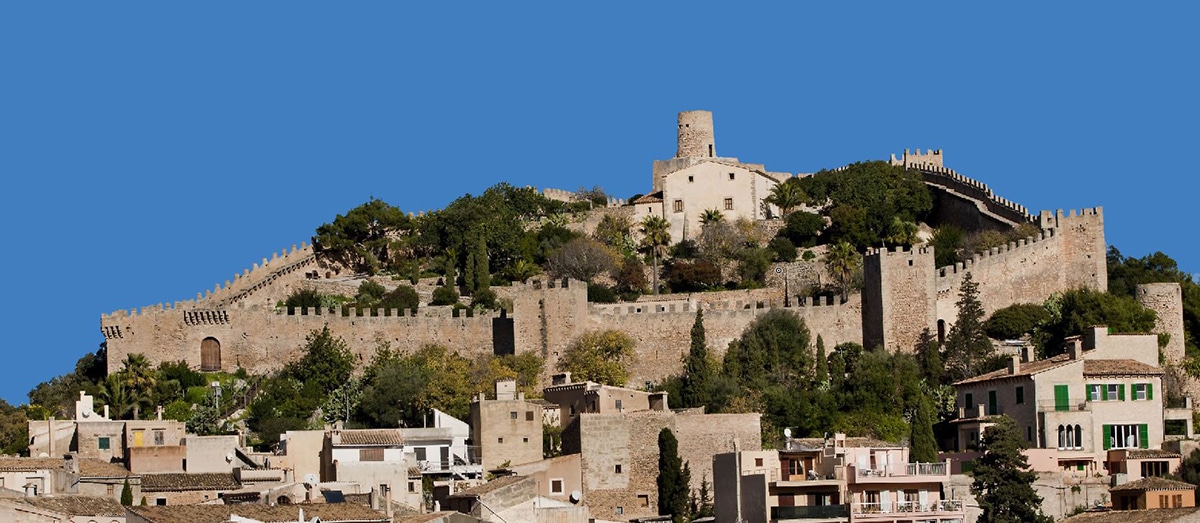
Among them is the Castell de Sa Punta de N'amer, Castell de Capdepera and Castell de Santueri. In terms of towers we can talk about the Torre de Canyamel, Muslim, of the thirteenth century, and the Ses Puntes Tower, XNUMXth century. And if you like history you can always go further back in time and find something Roman. And so it is! Here in Mallorca you find the ruins of the Roman city of Pollentia, founded around 70 BC with the remains of a forum and a theater.
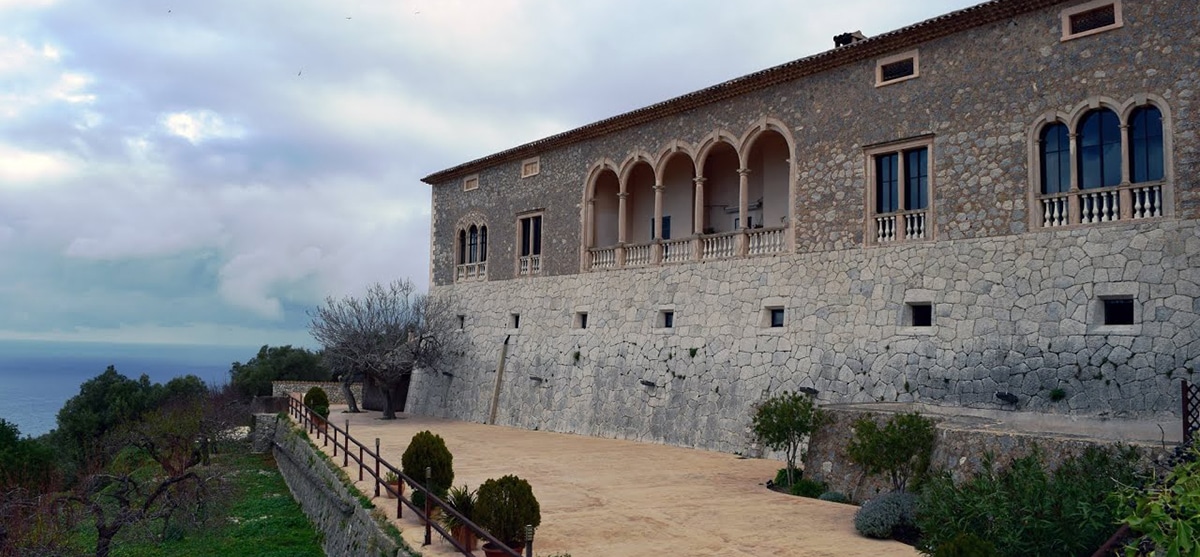
Are there religious sites in Mallorca that can be visited? Sure yes, there is the Miramar Monastery, founded by Jaime II in 1276, the Basilica and Cloister of Sant Francesc, with gothic and baroque style, the Church of San Miguel that works in an old mosque, the parish of Santa Eulalia founded after the Catalan conquest in 1229, the Convent and Church of Santa Magdalena with the incorrupt body of Saint Catherine Tomàs inside, and the sanctuaries of Sant Salvador, Puig de Maria, Lluc or Monti-Sion, just to name a few.
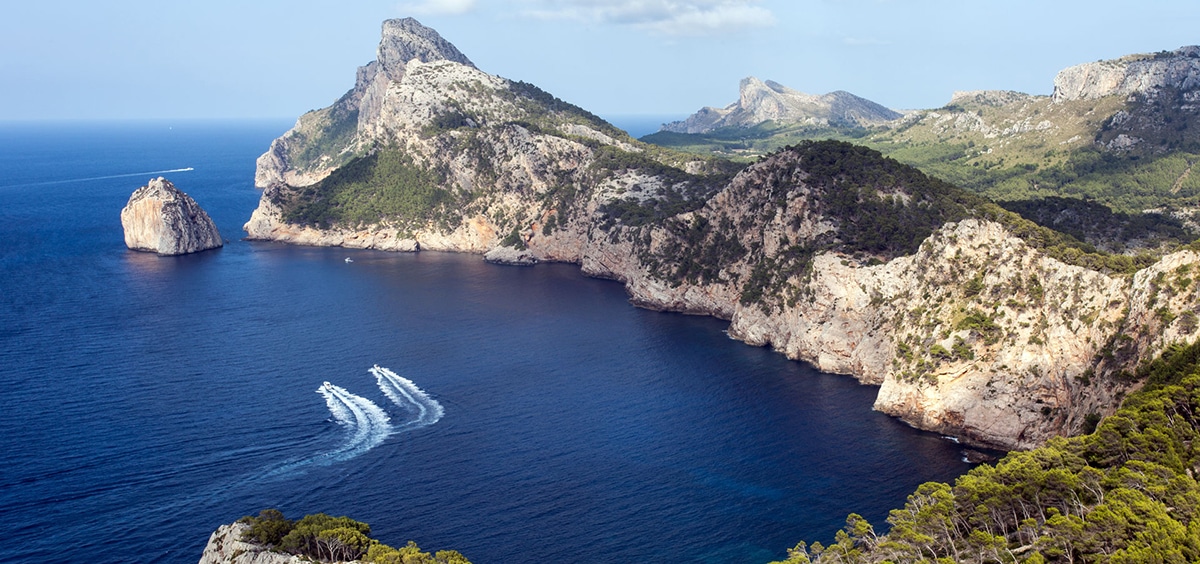
Finally, we cannot forget about Majorca's World Heritage: the Serra de Tramuntana, a beautiful Cultural Landscape fruit of the exchange of cultures and the coexistence and adaptation of nature and human beings.
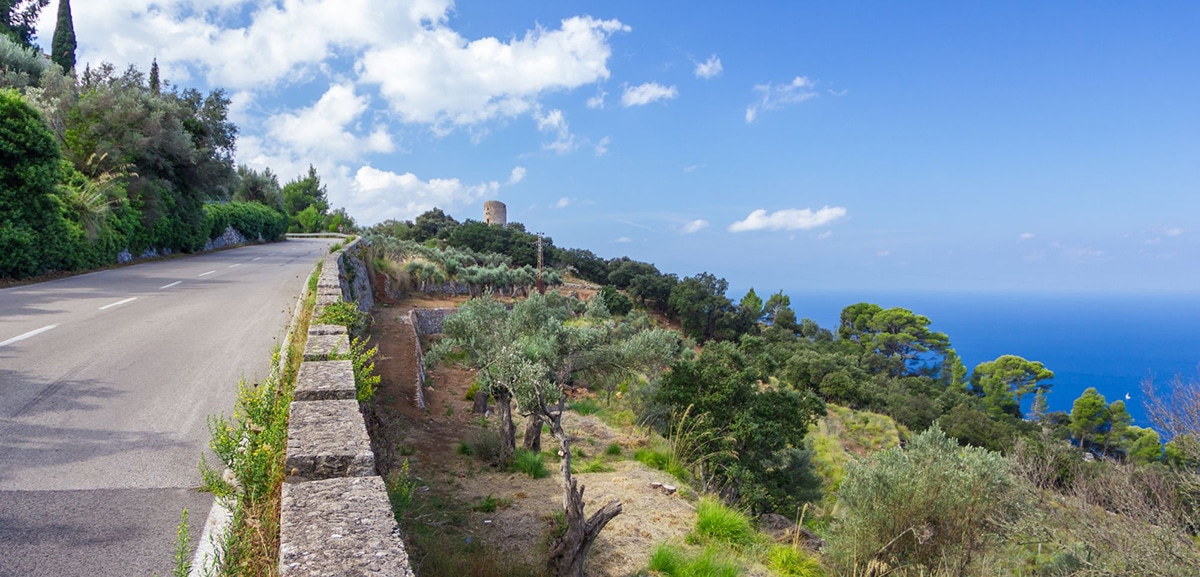
The mountain range is northwest of Mallorca and will have about 90 kilometers long with a maximum width of 15. It crosses 20 municipalities so we are talking about around 30% of the island and of more than 1000 square kilometers of surface. The sierra is inhabited by about eight thousand people but among travelers and visitors there are about 40 thousand. Here there are cultural routes so you are invited to visit them.
So now you know, Mallorca also awaits you in winter. You can get there quickly by plane or you can do it by boat since it has two passenger ports, one in Palma and the other in Alcúdia. A walk, a tasty meal, a museum, a sunset by boat or a day in a wellness center ... what do you like best?
